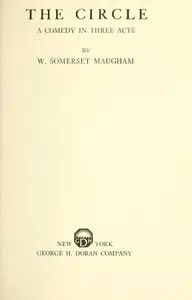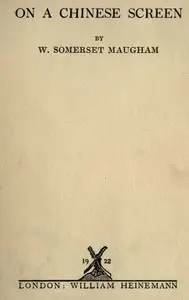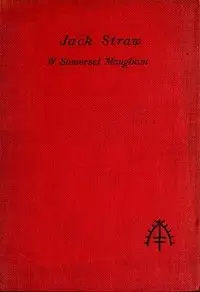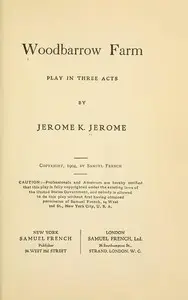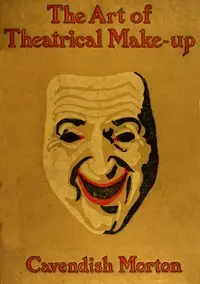"East of Suez: A Play in Seven Scenes" by William Somerset Maugham is a thought-provoking play that examines the collision of cultures and the search for belonging. Set against the vibrant backdrop of Peking, the story revolves around Daisy, a woman of mixed heritage, and the men entangled in her life, George Conway and Harry Anderson. The play follows Daisy's journey as she navigates love, societal expectations, and the weight of her past, raising poignant questions about identity and the challenges of cross-cultural relationships. Through sharp dialogue and escalating tension, the play reveals the deep undercurrents of prejudice and the heartbreaking consequences of choosing love in a world defined by rigid social boundaries, with conversations revealing romantic interests, heavy pasts, and potential repercussions, crafting a narrative rich with emotional conflict and societal expectations.

East of Suez: A Play in Seven Scenes
By W. Somerset (William Somerset) Maugham
In a bustling city, a woman's mixed heritage complicates her love life, leading to conflict, tension, and a challenge of identity.
Summary
About the AuthorWilliam Somerset Maugham was an English writer, known for his plays, novels and short stories. Born in Paris, where he spent his first ten years, Maugham was schooled in England and went to a German university. He became a medical student in London and qualified as a physician in 1897. He never practised medicine, and became a full-time writer. His first novel, Liza of Lambeth (1897), a study of life in the slums, attracted attention, but it was as a playwright that he first achieved national celebrity. By 1908 he had four plays running at once in the West End of London. He wrote his 32nd and last play in 1933, after which he abandoned the theatre and concentrated on novels and short stories.
William Somerset Maugham was an English writer, known for his plays, novels and short stories. Born in Paris, where he spent his first ten years, Maugham was schooled in England and went to a German university. He became a medical student in London and qualified as a physician in 1897. He never practised medicine, and became a full-time writer. His first novel, Liza of Lambeth (1897), a study of life in the slums, attracted attention, but it was as a playwright that he first achieved national celebrity. By 1908 he had four plays running at once in the West End of London. He wrote his 32nd and last play in 1933, after which he abandoned the theatre and concentrated on novels and short stories.

